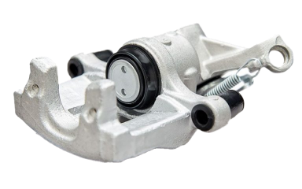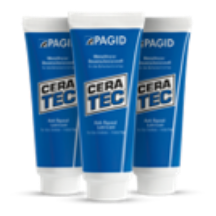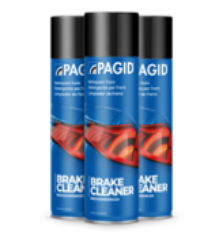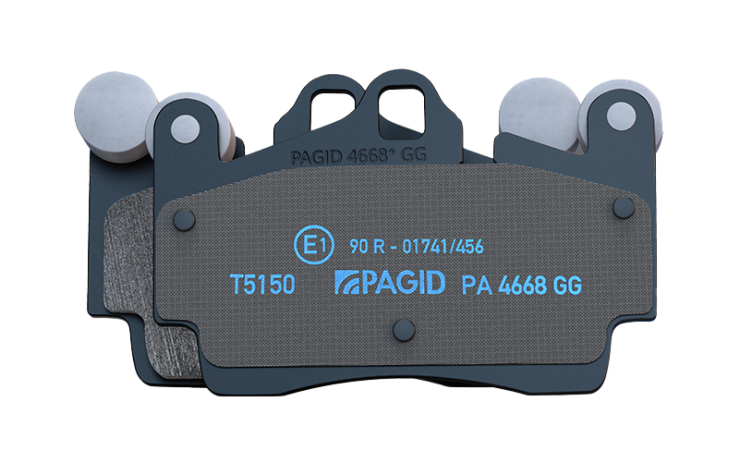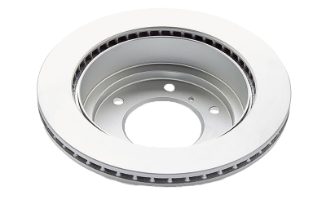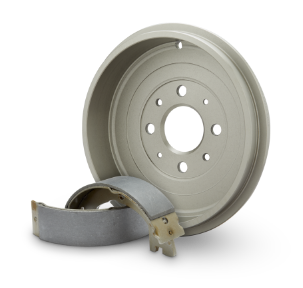At Pagid, we understand the importance of premium quality brake fluid and the effects it has on stopping performance. Transferring force into pressure, and thus amplifying braking force, is a key function of brake fluid, which makes it vitally important to vehicle occupant safety.
Pagid brake fluid covers a wide range of vehicles and provides consistent performance across the temperature range. Available in DOT 4 and DOT 5.1 configurations and various container sizes.
Pagid DOT 4 brake fluid is recommended for use with brake and clutch systems where a non-petroleum fluid is specified, including ABS. Pagid DOT 5.1 meets extremely stringent safety standards and is recommended for vehicles with the latest advanced braking systems.
In conjunction with Pagid Cera Tec, Pagid brake fluid is the ideal solution for your next brake system service.
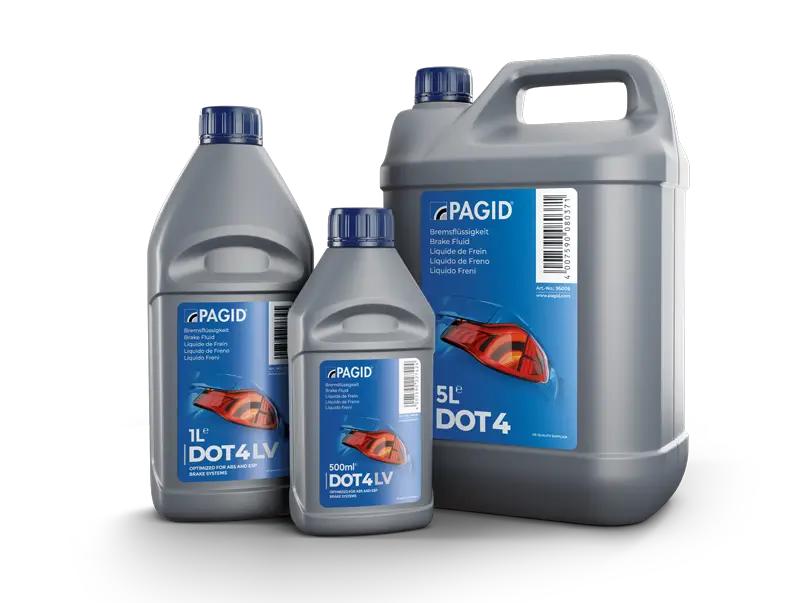
Braking Excellence,
One Drop at a Time
Brake fluid should be changed every two years. When choosing, manufacturer‘s specifications must be observed because there are different classes:
- DOT 3, 4, 5 and 5.1 differ mainly in terms of boiling point and cold viscosity.
- DOT 3, 4 and 5.1 are glycol-based,
- DOT 5 silicone-based.
The higher the DOT class, the higher the boiling temperature and wet boiling point. Higher DOT classes tend to allow longer maintenance intervals. The DOT standards are based on the American FMVSS-116 standard of the Department of Transportation (DOT).
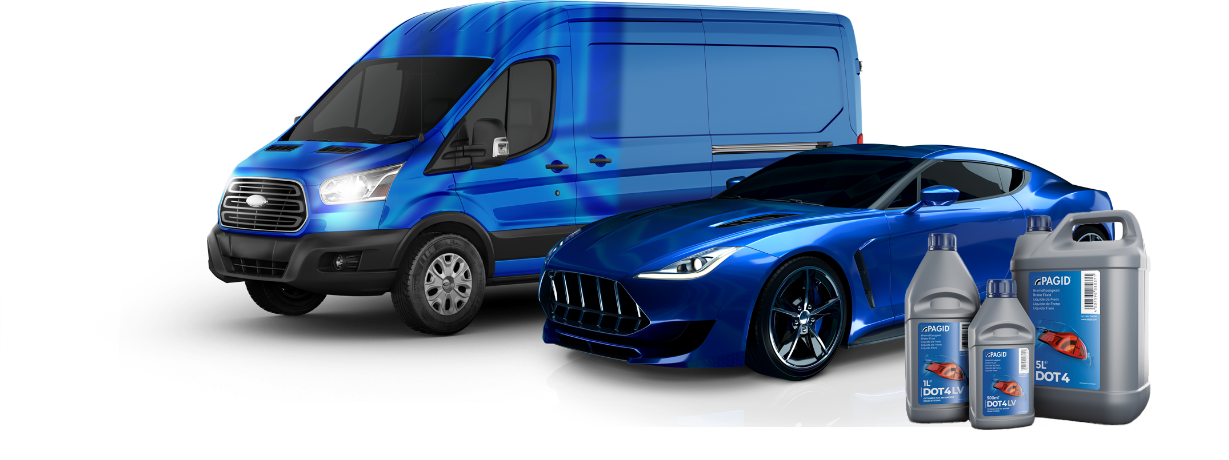
What are
boiling point &
viscosity?
Dry boiling point
describes the property of the sealed new brake fluid. In this state, the brake fluid is almost anhydrous (substance containing no water). The dry boiling point is usually between 240 and 280°C.
Wet boiling point
determines the property of the brake fluid at the end of its life cycle, at a water content of 3.5% the fluid should be replaced. This defined wet boiling point must not be undercut.
Viscosity
describes the flow rate of the brake fluid. The lower the viscosity, the faster the brake fluid flows through the brake system, and the faster the brake signals are transmitted.
IMPORTANT NOTES FOR HANDLING BRAKE FLUID!
- Brake fluid is poisonous and a hazardous waste.
- Be careful when changing. The fluid weakens paints and plastics.
- It must not come into contact with eyes or skin. Always rinse spilled liquid with water.
- Do not pour the liquid into drinking water or mix with used oil.
- The colour of the brake fluid reveals nothing about its quality.
- Brake fluid should be stored in its original packaging and in a dry, cool and well-ventilated place.
MORE PAGID
PRODUCTS
FOR YOU
BRAKE Pads
Brake Discs
BRAKE SHOES
& DRUMS
CALIPERS
Cera Tec
Brake Cleaner
